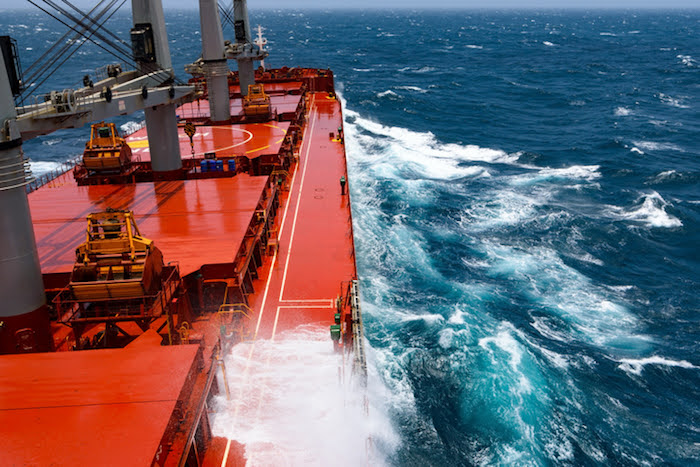According to Bunkerspot, MSC Cruises will see its fleet of ships’ emissions reduced ‘by up to 15% in 2026’ thanks to introducing a new itinerary planning optimization tool called OptiCruise.
The cruise line has developed a new mathematical model with OPTIMeasy, a research company affiliated with the University of Genoa, that examined numerous factors that influence the planning of each of MSC Cruises’ itineraries to achieve the optimum level of efficiency for sailing while ‘maintaining or enhancing’ guest satisfaction.
In a statement issued on 5 August, MSC Cruises noted that voyage planning within the global cruise industry has ‘traditionally been heavily weighted towards the attractiveness of ship destinations for potential holidaymakers.
According to the cruise line, OptiCruise ‘broadens the scope substantially’ to include numerous other aspects that influence an itinerary’s efficiency, including the sequencing of the port calls, departure and arrival times at ports, a ship’s speed, the appeal and attractiveness of destinations for a holidaymaker, shore excursions, and operational costs such as fuel, port charges, and food provisions.
The tool’s algorithms use all the information to identify optimized itineraries, which continue to appeal to guests while allowing for energy efficiency.
Cruise ship itinerary planning typically takes place two years before sailing, and as such, MSC Cruises says OptiCruise’s benefits will be evidenced in 2026 when the cruise line’s fleet will number 24 ships.
MSC Cruises MSC Bellissima was chosen to evaluate the prototype technology over a 12-month period as the ship sailed between 17 ports in the Mediterranean Sea.
MSC Cruises’ strategy to achieve net zero Greenhouse Gas (GHG) emissions for its marine operations by 2050 is focused on three key areas: ship and engine technology, operational efficiency, and renewable fuels. OptiCruise falls under the operational efficiency focus, with the cruise line making greater use of digitalization to drive efficiencies in energy consumption.
Source: Port News





